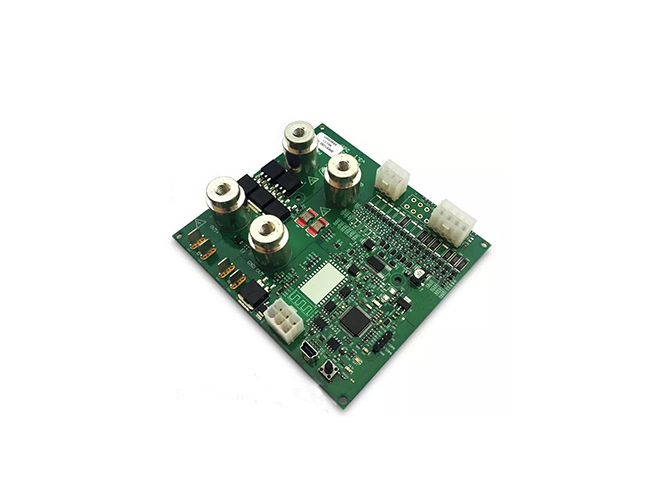-
CN
-
Service Hotline
+8618129931046 Mr. Liao


Time:2025-06-19 Views:1

Flexible Printed Circuit (FPC) boards have become indispensable in modern electronics due to their flexibility and compact design. However, the high - temperature processes involved in their manufacturing, such as soldering, reflow soldering, and curing of adhesives, can pose significant challenges. Optimizing these high - temperature processes is crucial for ensuring the quality, reliability, and performance of FPC boards.
One of the key aspects of high - temperature process optimization is the precise control of temperature profiles. During reflow soldering, for example, the FPC board needs to be heated in a specific temperature curve that includes pre - heating, soaking, reflow, and cooling phases. Each phase has a critical role. The pre - heating phase gradually raises the temperature of the board to prevent thermal shock and evenly distribute the heat. The soaking phase stabilizes the temperature to ensure that all components reach a uniform temperature. The reflow phase is when the solder melts and forms reliable electrical connections. If the temperature is too high or the duration is too long during reflow, it can cause damage to the FPC board, such as delamination of the layers, degradation of the dielectric material, or even burning of the copper traces. On the other hand, if the temperature is insufficient, the solder may not flow properly, resulting in poor joint quality. To optimize this, advanced reflow ovens with precise temperature control systems are used, and the temperature profiles are carefully calibrated based on the specific materials and components of the FPC board.
Another important factor in high - temperature process optimization is the selection of materials. High - temperature - resistant base materials, such as polyimide, are commonly used for FPC boards. However, even these materials have their limits, and choosing the right type and grade of polyimide with appropriate thermal stability and mechanical properties is essential. Additionally, the solder pastes and adhesives used also need to have good high - temperature performance. Some solder pastes are formulated to have a lower melting point while maintaining high - strength joints, reducing the stress on the FPC board during the soldering process. Adhesives used for bonding layers or components on the FPC board should also be able to withstand high - temperature cycles without losing their adhesion properties.
Process monitoring and feedback systems also play a vital role in optimization. Sensors are placed at various points in the manufacturing equipment to monitor real - time temperature, humidity, and other parameters. The data collected is analyzed, and if any deviations from the optimal process parameters are detected, the system can automatically adjust the process conditions. For example, if the temperature in the reflow oven is slightly higher than the set value, the system can reduce the heating power or adjust the conveyor speed to ensure that the FPC board is processed within the correct temperature range. Through continuous optimization of high - temperature processes, manufacturers can improve the yield rate of FPC boards, reduce production costs, and enhance the overall quality and reliability of the final products.